What are the odds he even pays out?
If they do, are they competitive? Or are they doing the same thing. It could also be like car dealerships in certain states, you're not allowed to just open one within x miles of another (though that refers to more of the same brand). Wouldn't surprise me if they can't have dealerships near each other due to backwards legislation.
Exactly why John Deer should not be allowed to do this. Any threat to the food supply should be considered a national security risk.
The real question is what other options do farms have? Let's say their tracker breaks down and repair is no longer an option. How many other manufacturers are making the type of equipment they need? And how expensive would it be to enter that market to compete? To me it seems like John Deer has a monopoly and is exploiting it.
Depends but a nice condition N64 with the cables and expansion pak is probably about $100 without a controller. If you plan on connecting it to a modern TV, you need a decent scaler that can do Svideo/composite, so another $60 for the RAD2X. You even can complicate it more by throwing in cheaper RGB mods if you have a compatible system but that adds probably around $60 if you can't do it yourself.
Their price point is very competitive, especially considering its plug and play.
It was probably a disk copier. Here is a video that goes over how those work. https://youtu.be/MP9YR4BXrzA?si=VTgIynQI2fjaXjxE
I'm not sure if the SNAC interface could support something like a 34 pin floppy drive without major changes to the cores themselves.
Now the rotary phone idea...
Yes because it is actually reading the disk. I even move the tracks a little between reads so it makes some more noise.
It's a FPGA, open source, emulation device that can play tons of different retro consoles, computers, and arcade machines.
https://mister-devel.github.io/MkDocs_MiSTer/
There are various vendors that you can get kits from.
It's an adapter that you can build up yourself so that you can launch games on your Mister/TapTo device via a floppy disc. There are definitely dozens of us that wanted this!
TapTo goal is to be cross platform (launch games on the PC and the Mister). With this you could launch a steam game via a CD if you wanted for some extra fun on modern systems (plus the PS1 core on mister looks so nice).
I've written some code to interface with a floppy drive because it's just fun to launch games that way.
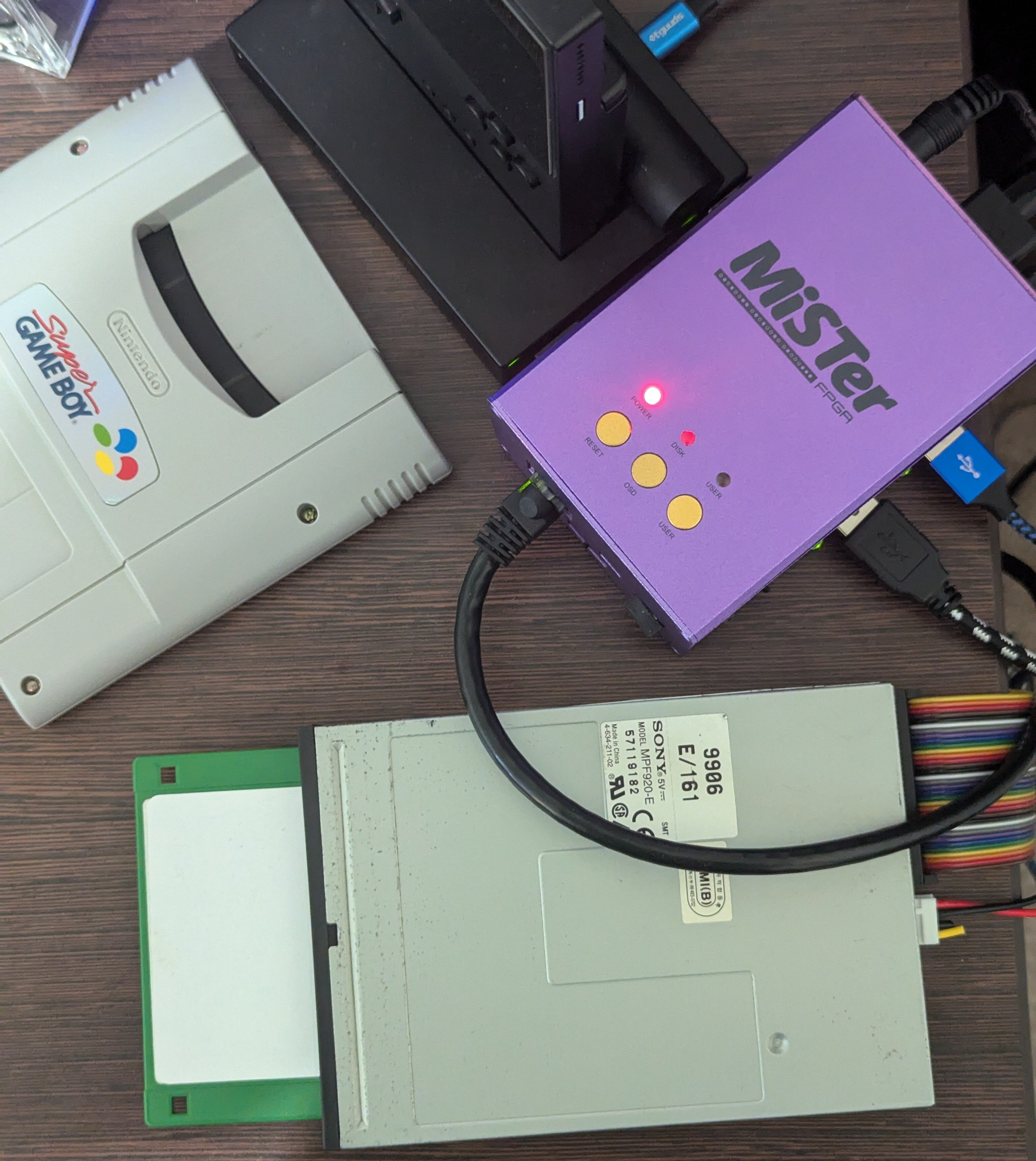
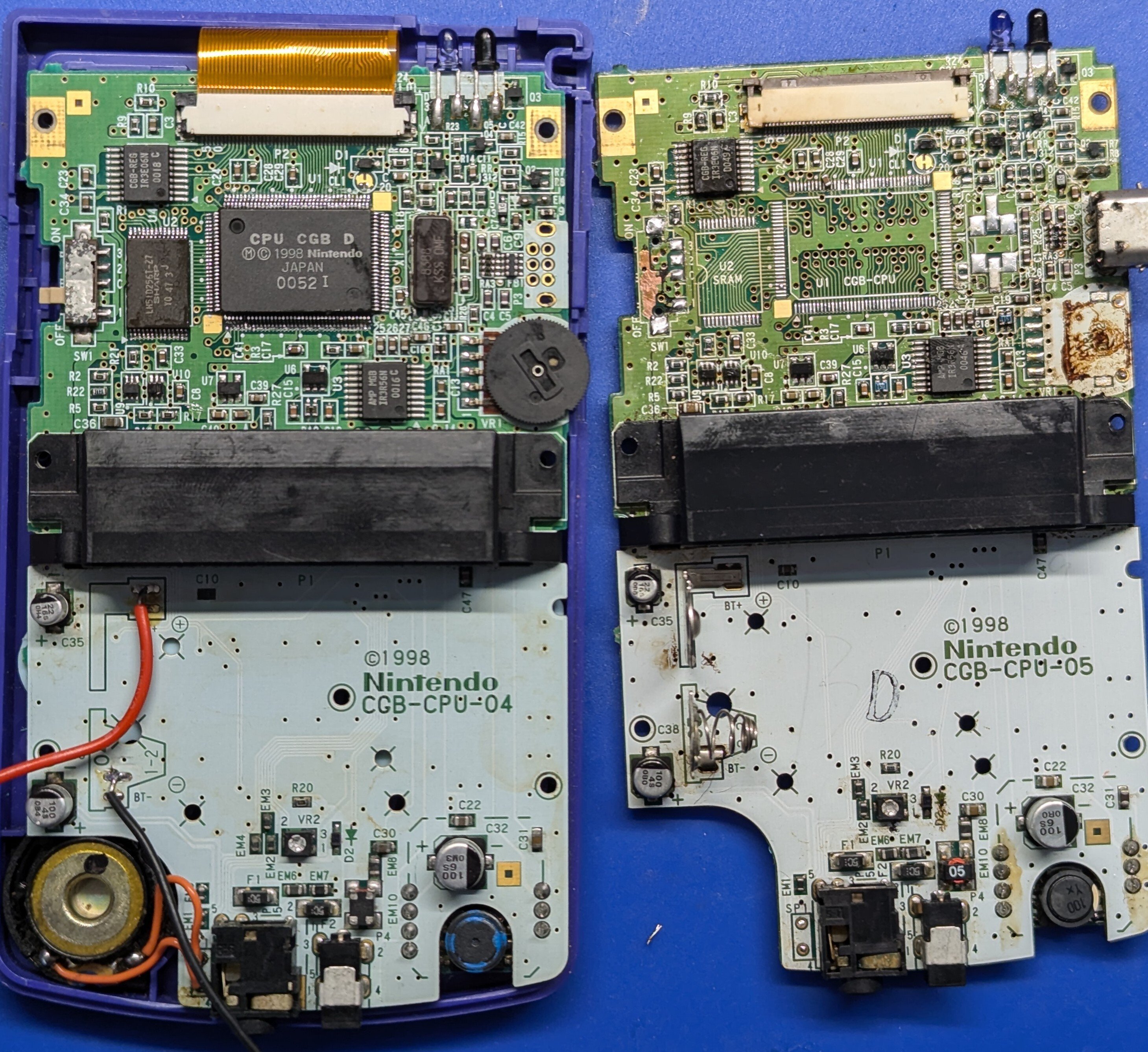
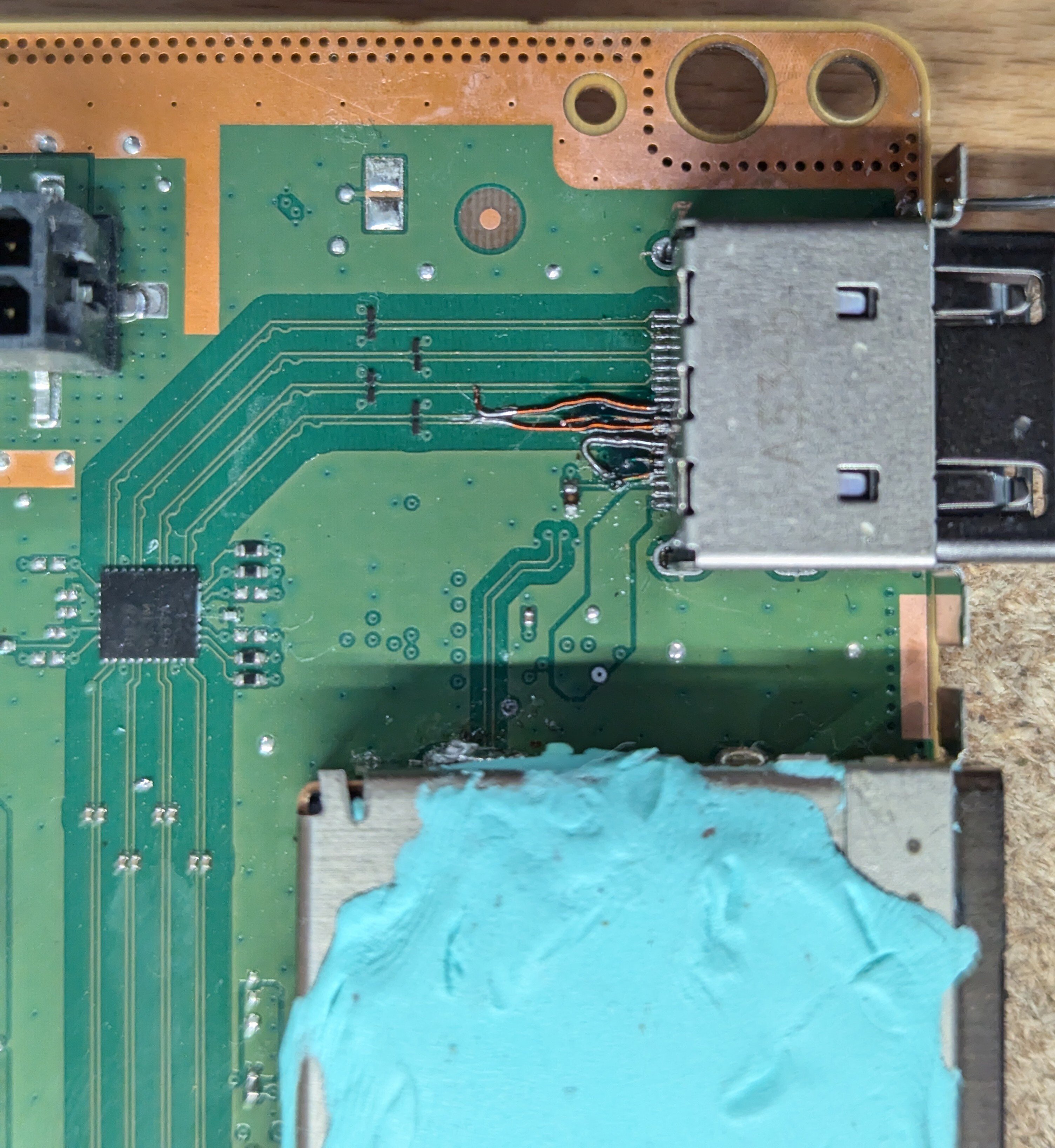
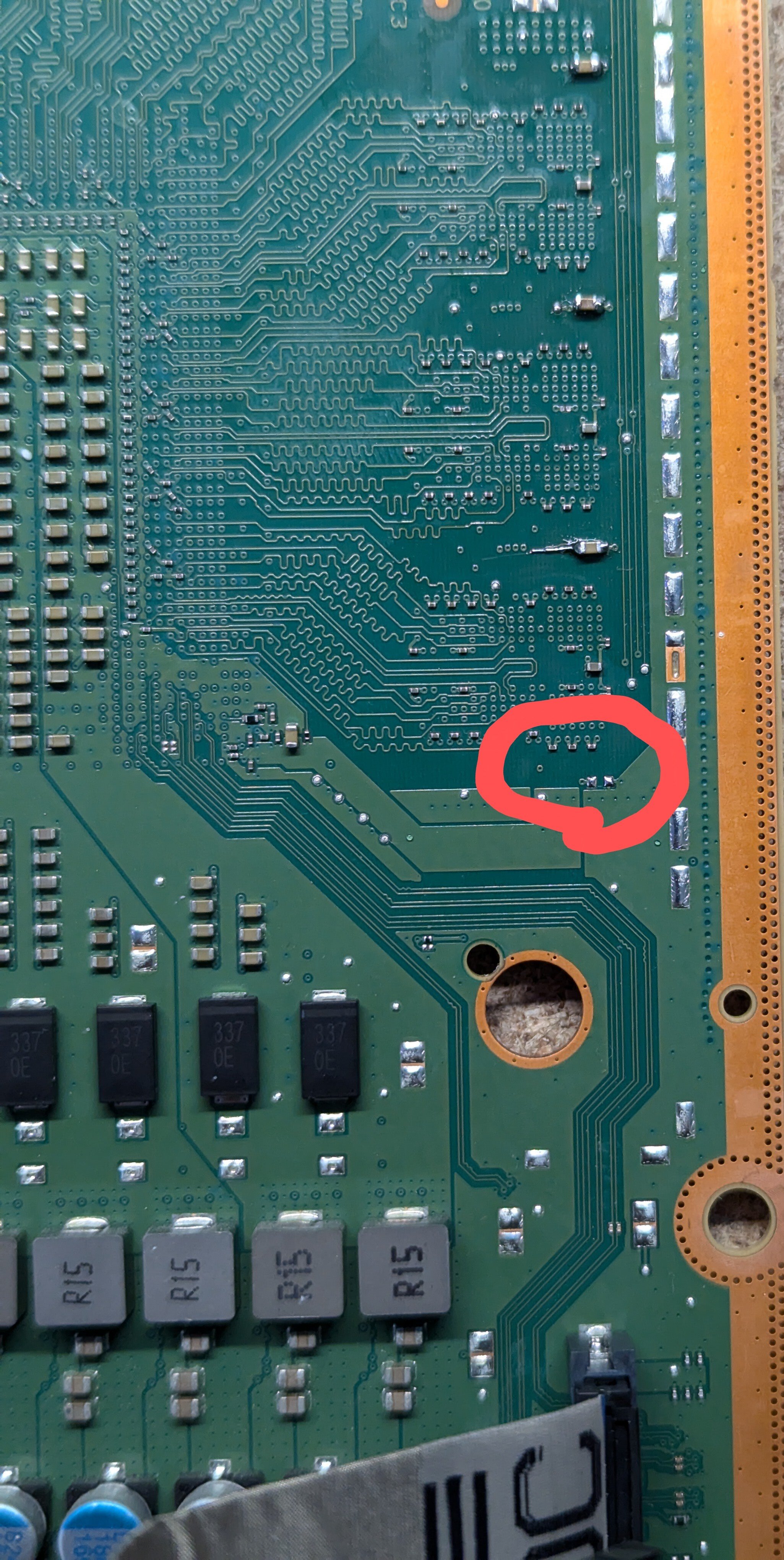
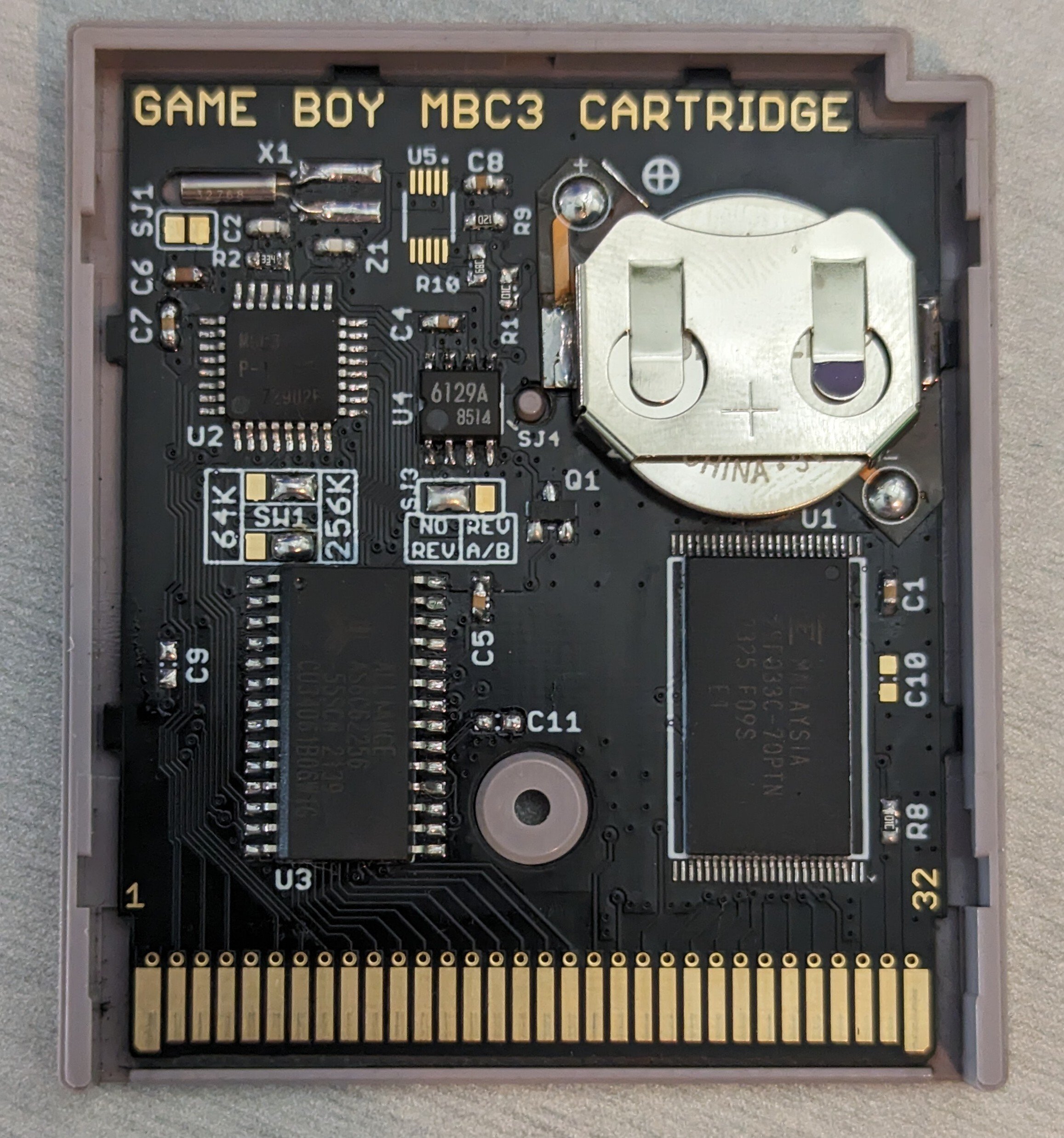 . 3 MBC1, 1 MBC3, and 1 MBC30
. 3 MBC1, 1 MBC3, and 1 MBC30
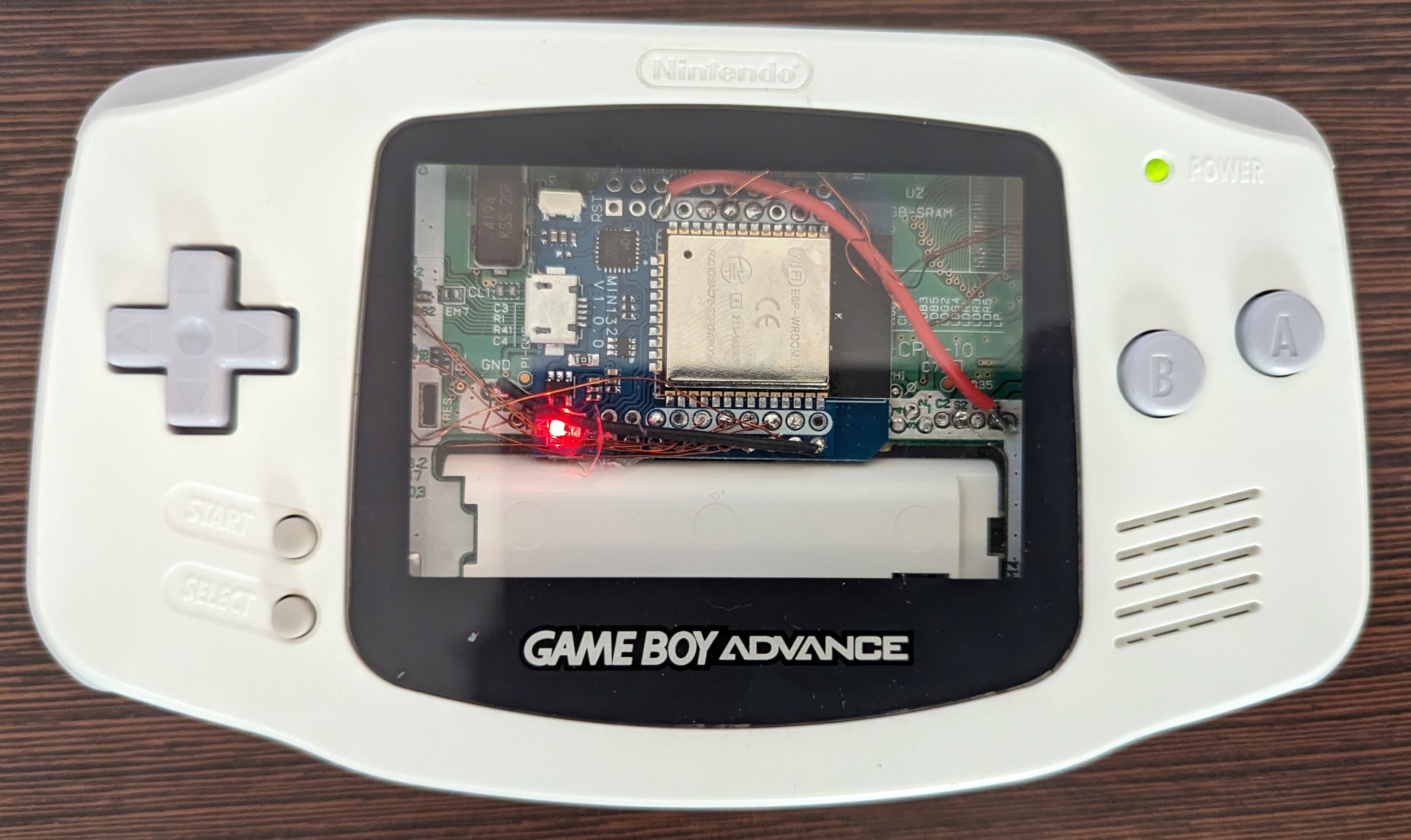
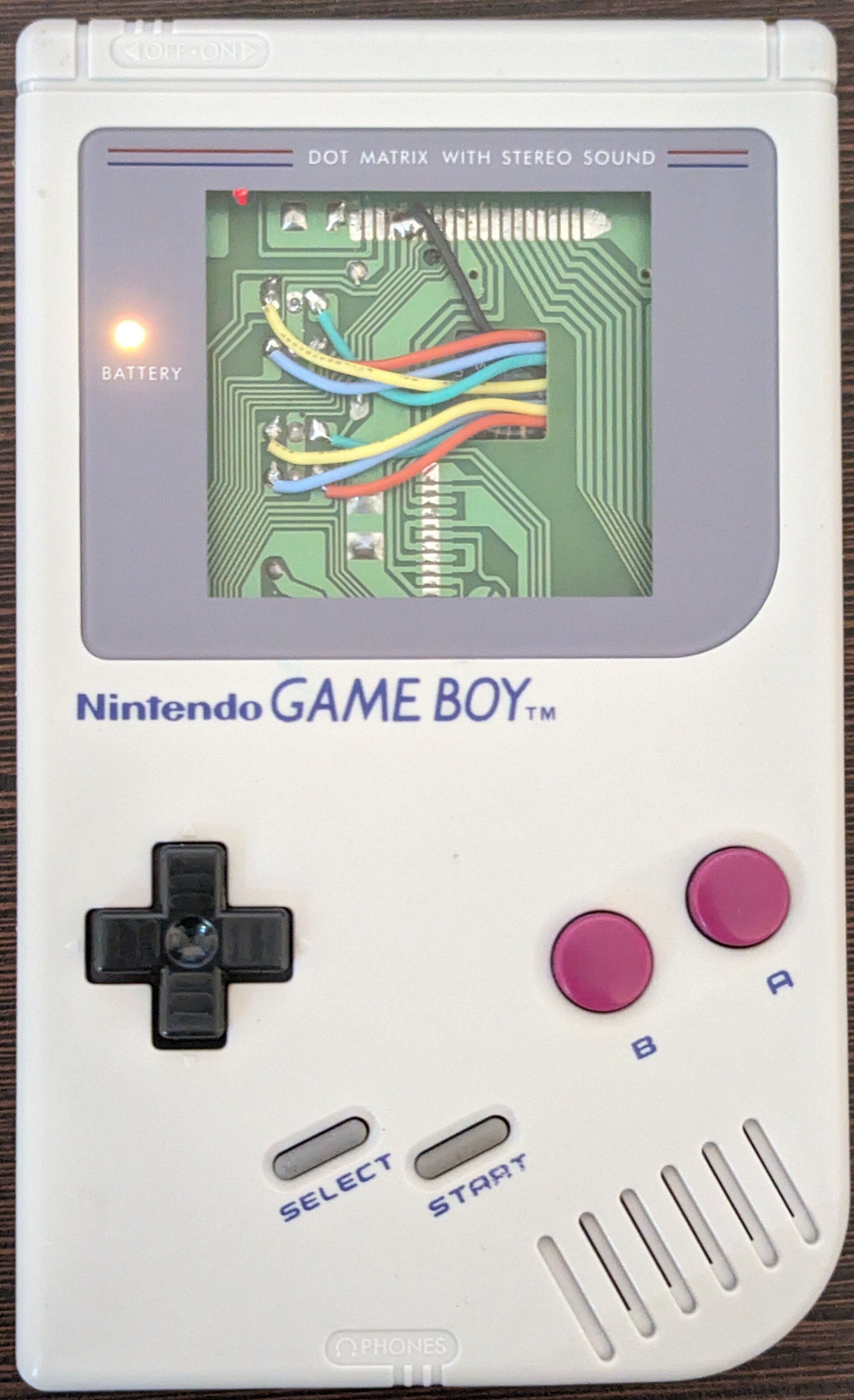


No boot screen, just a black screen with no audio